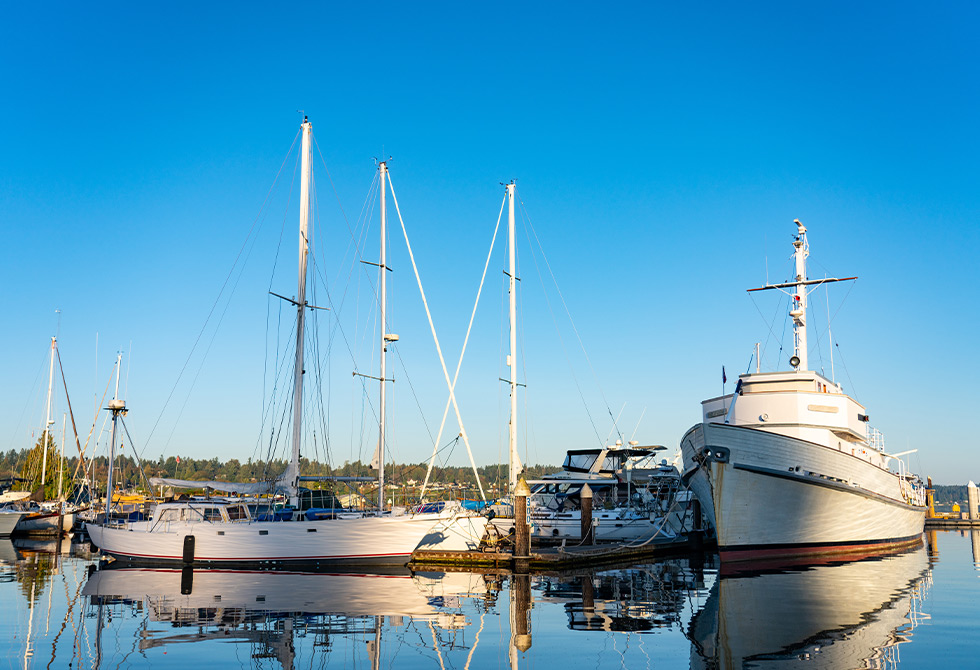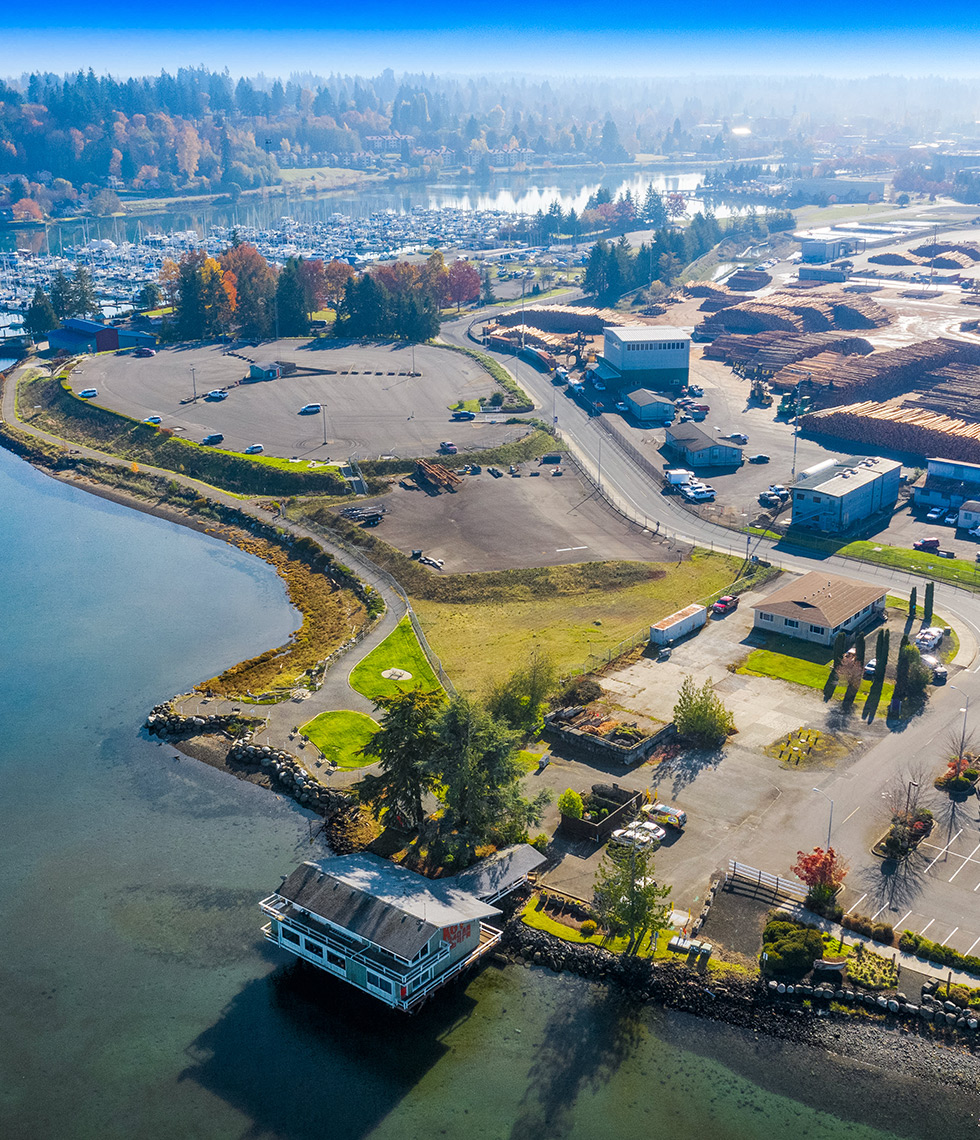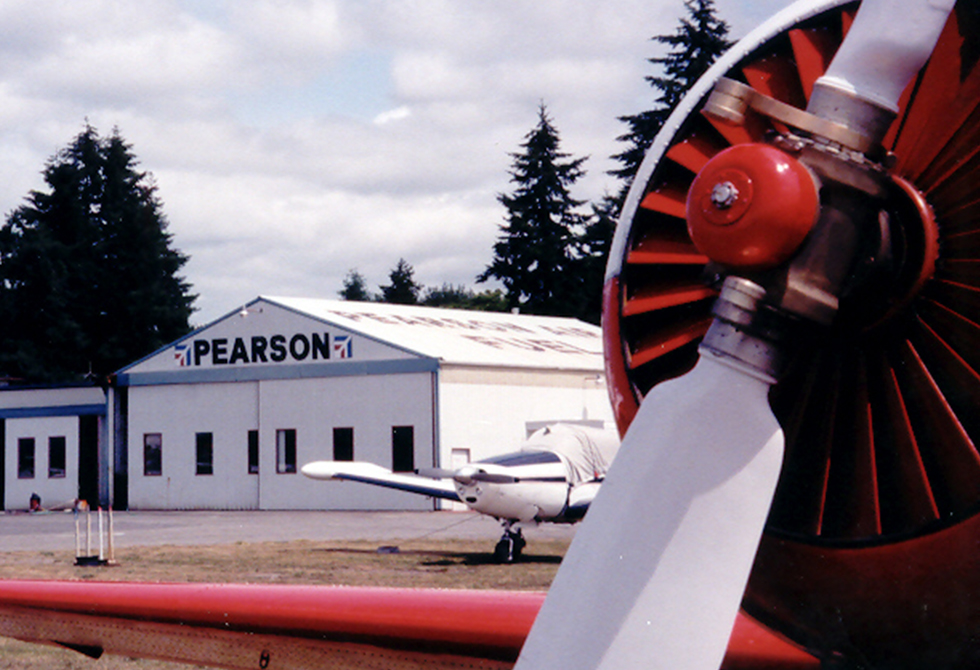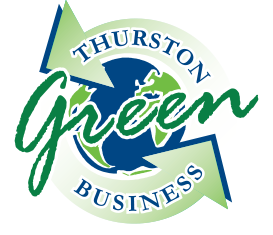Remediation

Overview
Spills of dangerous materials and past business practices have contaminated land and water on some properties now owned by the Port of Olympia. The Port is committed to working with the Washington State Department of Ecology to remediate or clean up properties with known contamination. We, like the citizens of Thurston County, want lands and waters that are free of contaminants and that can be put back to higher and better uses – from parks and trails, to buildings for existing and future businesses and residents.
Budd Inlet Cleanup and Restoration
Contaminated sediment from historical industrial activities in Budd Inlet presents a threat to human health, negatively impacts the ecology of south Puget Sound, and impairs maritime operations and recreational boating. The Port of Olympia is exploring a strategy to clean up and restore Budd Inlet in collaboration with local, state, federal, and Tribal partners. The cleanup will benefit the economy, environment, and the greater Olympia community.
East Bay Redevelopment
Port owned property in downtown Olympia along the waterfront, was historically used for a variety of industrial operations. Previous work with the Department of Ecology, LOTT, and the City of Olympia to remediate and redevelop portions of the East Bay waterfront have been completed. This effort resulted in the Hands on Children’s Museum and the LOTT Clean Water Alliance’s headquarters. The Port is working with the Department of Ecology to remediate the remaining portions of our downtown locations. The Port is contributing investigations of soil and groundwater contamination as well as a clean-up action plan. Once remediated, these sites will be available to be developed for mixed uses, including office, retail, commercial and hospitality.
East Bay Remedial Investigation/Feasibility Study
In January 2017, the Washington Department of Ecology approved the RI/FS the Port of Olympia submitted pertaining to the remediation of the remainder of the lots comprising the East Bay Redevelopment site.

Cascade Pole
In 1990, the Department of Ecology, Port of Olympia and Cascade Pole Company (CPC) entered into an agreement to remediate the 17-acre former CPC site and adjacent parcels of land owned by the Port of Olympia. The remediation activities were to include:
- Installation of a sheet pile and slurry wall to contain contaminants on site.
- An on-site pumping and treatment system to remove contaminants from groundwater.
- Excavation and containment of contaminated soils and sediments.
- Capping of upland areas and replacement of offshore sediments.
From 1930 to 1957, numerous wood-treating companies leased this land from the Port. The companies used chemicals to preserve wood products such as utility poles and railroad ties. From 1957 until 1986, CPC operated a wood treatment facility on the site. These activities resulted in both the upland and offshore contamination that was remediated to meet Model Toxics Control Act (MTCA) standards.
Since the initial effort, the Port replaced and upgraded the on-site water treatment system and invested in capital projects required by Ecology. In the future, the upland site will be redeveloped as part of the Port’s marine terminal and marina support areas, and shoreline public access will be provided.
Pearson Air
In 1999, four Underground Storage Tanks (USTs) were excavated due to a release of jet fuel. At this time, approximately 830 tons of jet fuel-contaminated soil was excavated. Concentrations greater than Model Toxics Control Act (MTCA) soil clean-up levels were left in place due to restrictions posed by an electrical conduit and high groundwater level. Historic and current groundwater testing have indicated that groundwater contamination has not migrated beyond the UST excavation area. Direct contact with soil by humans is not an issue at this site. These factors made this site a strong candidate for the Department of Ecology’s Voluntary Clean-up Program (VCP).
The Port worked with the Department of Ecology to finalize cleanup and close out this site under the VCP. The Port completed its work on this site, with oversight and approval by Ecology, in 2021.





